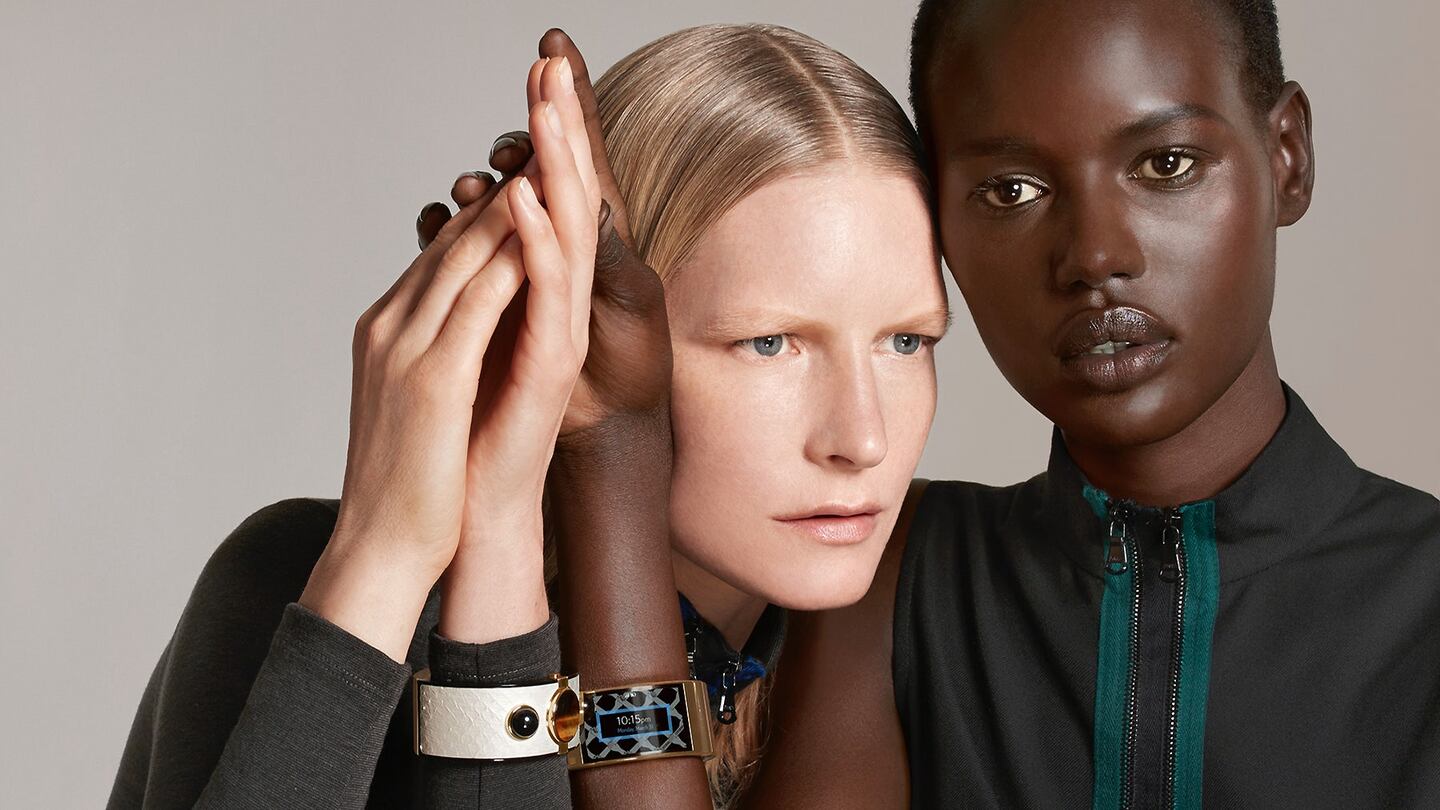
The Business of Fashion
Agenda-setting intelligence, analysis and advice for the global fashion community.

Agenda-setting intelligence, analysis and advice for the global fashion community.

LONDON, United Kingdom — Luxury companies have long relied on "heritage" to lend prestige to their products. But heritage without innovation can quickly start to feel dusty and dated.
Of course, leading luxury brands are harnessing the power of the Internet to drive exciting new innovations in e-commerce and online communications. Yet these same brands are largely missing the opportunity to embed technology into core business thinking and create new and innovative products and services.
To achieve this, brand-owners need to understand how to better tap digital talent. They know how to manage creative talent, but they aren’t applying the same level of vision or investment when it comes to integrating digital creatives across their organisations. Indeed, digital creatives are largely tied up in brand communications and e-commerce teams, when they could also be unleashed on product development to create a new generation of luxury goods. In the right hands, technology can be magical and transformative. And the first luxury company to hire a head of digital experience to drive bold, new R&D intiatives will dominate the market and effect cultural change.
But to truly seize the opportunity, luxury must lead, not partner. Luxury companies are increasingly engaging with new technology through a wide range of collaborations with companies from FitBit to Intel. Yet without their own vision, luxury brands are merely lending credibility to technology firms, while kidding themselves that these fleeting partnerships somehow make them hip and connected. What’s more, this strategy risks aligning the luxury sector to closely with a technology industry whose values and processes — rapid prototype and release — are at odds with centuries of fine craft and connoisseurship.
ADVERTISEMENT
With Jonathan Ive's fabled warnings for the watch-making establishment hanging in the air, Montblanc recently launched a lacklustre 'E-strap,' offering digital notifications with about as much sophistication as a Casio. Is luxury really having email alerts on your wrist? Sadly, these kind of intiatives are too often marketing ploys and fail to really integrate technology into the essence of a luxury brand.
Luxury has never been a slave to functionality, so it mustn’t be led astray by wearable technology as conceived by consumer electronics companies. Luxury is in the business of joy, desire and exquisitely crafted execution and heritage brands must remain true to this as they lower their drawbridge to technology.
Contemporary production methods mean technology products and experiences are far too generic. Digital experiences offered by luxury companies should be elegant, brand differentiated and driven by people’s behaviours, desires and emotional sensitivities. Indeed, the sector must take hold of its digital destiny by innovating from within; retaining control of aesthetic, story and craft; and integrating digital talent right into the product design teams.
The luxury lab environments I envisage would attract raw, prescient digital talent thirsty for meaning beyond sleep monitors and smart watches. Rather, the success of digitally powered luxury will be measured in terms of the emotional impact it generates. And that is a big opportunity to create new value.
Daljit Singh is a creative director, business strategist and curator.
The views expressed in Op-Ed pieces are those of the author and do not necessarily reflect the views of The Business of Fashion.
Join the discussion on BoF Voices, a new platform where the global fashion community can come together to express and exchange ideas and opinions on the most important topics facing fashion today.
How to submit an Op-Ed: The Business of Fashion accepts opinion articles on a wide range of topics. Submissions must be exclusive to The Business of Fashion and suggested length is 700-800 words, though submissions of any length will be considered. Please send submissions to contributors@businessoffashion.com and include ‘Op-Ed’ in the subject line. Given the volume of submissions we receive, we regret that we are unable to respond in the event that an article is not selected for publication.
The nature of livestream transactions makes it hard to identify and weed out counterfeits and fakes despite growth of new technologies aimed at detecting infringement.
The extraordinary expectations placed on the technology have set it up for the inevitable comedown. But that’s when the real work of seeing whether it can be truly transformative begins.
Successful social media acquisitions require keeping both talent and technology in place. Neither is likely to happen in a deal for the Chinese app, writes Dave Lee.
TikTok’s first time sponsoring the glitzy event comes just as the US effectively deemed the company a national security threat under its current ownership, raising complications for Condé Nast and the gala’s other organisers.